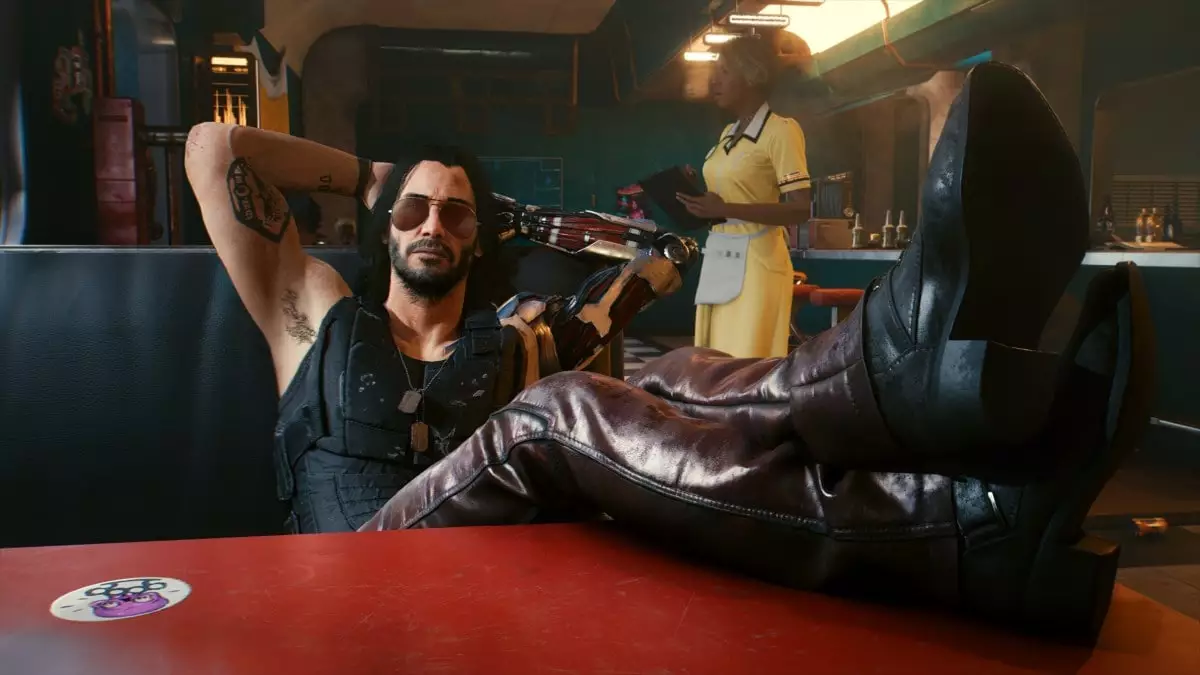Cyberpunk 2077’s Update 2.3 is positioned as a major milestone, yet it raises a fundamental question: does it truly elevate the gaming experience or simply serve as a distraction for the franchise’s lingering tarnish? CD Projekt Red, a studio with a history of ambitious promises and subsequent letdowns, seems to be treading carefully—not necessarily forward. The addition of four vehicles, new NPCs, autonomous driving features, and graphical improvements suggest a commitment to refinement, but they also reveal the studio’s conservative approach to delivering meaningful innovation.
These new vehicles, each tied to side quests—like the Rayfield Caliburn Mordred—introduce fresh exploration opportunities. While this expansion hints at a richer, more immersive Night City, it also underscores the game’s dependence on content snippets rather than comprehensive overhaul. A deeper, more impactful rewrite of core gameplay mechanics and story might have been a better use of resources, but instead, players are left nudging forward with what feels like cosmetic upgrades wrapped in a thin veneer of innovation.
Promises of Autonomy vs. Practical Limitations
The centerpiece feature—AutoDrive—embodies an aspirational leap toward player autonomy. The idea of letting players sit back and watch Night City unfold from a cinematic perspective is alluring. Yet, the execution reveals limitations that are both technological and design-related. AutoDrive is clearly designed to cater to a desire for relaxation in a game notorious for its technical issues and narrative dissonance. However, the feature’s automatic disablement during combat or when vehicles are heavily damaged reminds us that it remains a secondary, often unreliable, addition rather than a seamless part of the core experience.
This cautious implementation reflects a deeper truth about Cyberpunk 2077’s troubled development: a studio trying to patch over years of missteps rather than fundamentally refine its identity. Adding features like self-driving Delamain cabs and cinematic camera views feels superficial when the underlying game still struggles with consistency and immersion. It is as if the developers are tossing in bells and whistles to distract from the game’s persistent flaws, rather than addressing the systemic issues at its core.
Fragmented Progress and Glimmers of Potential
The expansion of customization options—enabled by CrystalCoat technology—is undoubtedly welcome, but it raises questions about how much of this content is substantive versus cosmetic. The ability to customize vehicle appearances across more brands and tweak the Look-At Camera offers some visual freshness, yet it does little to alter the fundamental stagnation that has plagued Cyberpunk 2077 since launch.
Meanwhile, the inclusion of NPCs in photo mode and new outfits for V provides players with more tools for self-expression. But are these additions enough to rekindle a player’s passion? The truth is, superficial personalization does little to address the game’s narrative and gameplay shortcomings. The improvements seem more like a band-aid than a cure—a way to keep players occupied on the surface while deeper issues fester.
A Step Forward, But Still Falling Short
From a technical perspective, the support for AMD FSR 3.1 Frame Generation, Intel XeSS 2.0, and HDR10+ on PC, with VRR support on PlayStation 5 and Xbox Series X/S, signals a genuine effort to optimize performance. Yet, technological improvements can’t mask the fundamental question: does this make Cyberpunk 2077 a better game or just a prettier one? In a landscape crowded with AAA titles that tout visual fidelity without substance, Cyberpunk 2077 risks being another visually stunning but emotionally hollow experience.
Ultimately, CD Projekt Red’s update strategy seems to be a balancing act—trying to appease disgruntled players with small, shiny additions while avoiding the costly, risky overhaul that could redefine Cyberpunk 2077’s core. The update showcases a studio that is cautiously optimistic, but it also reveals a hesitant reluctance to fully embrace the meaningful innovation that long-time fans and critics alike crave. Until the game’s fundamental flaws are addressed at their core, these incremental updates will remain a tentative step toward redemption, still shy of realizing the game’s true potential.

Leave a Reply